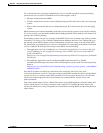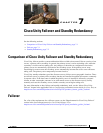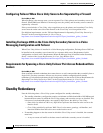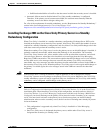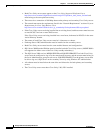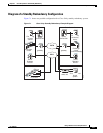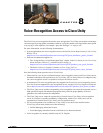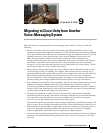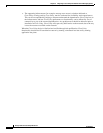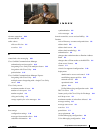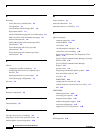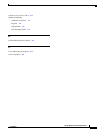
Index
IN-2
Design Guide for Cisco Unity Release 5.x
OL-14619-01
E
Exchange
Active Directory considerations 4-5
considerations 4-7
considerations with Exchange 2007 4-8
deployment models 4-1
mixed Unified Messaging and Voice Messaging 4-2
Multi-site WAN with distributed messaging 4-3
network infrastructure 4-4
Unified Messaging with customer-provided
infrastructure
4-2
Voice Messaging with Cisco-provided
infrastructure
4-2
Voice Messaging with customer-provided
infrastructure
4-3
F
failover
compared to standby redundancy 7-1
configuring when servers are separated by a
firewall
7-2
deploying between two data centers 7-2
Voice Messaging configuration 7-2
firewalls 3-3
H
hardware components 2-3
I
interoperability 3-6
M
message store servers, availability 3-2
migrating to Cisco Unity, potential issues 9-1
multiple phone system integrations 6-30
N
name resolution 3-1
network connections 2-5
network resources, availability 3-1
P
phone integration
alternate extensions 6-32
alternate MWIs 6-33
call control 6-8
call information exchanged 6-7
centralized voice messaging 6-34
Cisco Survivable Remote Site Telephony (Cisco
SRST)
6-19
Cisco Unified Communications Manager (by using
SCCP or SIP)
6-10
Cisco Unified Communications Manager
Express
6-17
general issues 6-9
integrating with multiple phone systems 6-30
lines and cables required 6-3
overview 6-1
PIMG/TIMG 6-24
sample path for a phone call 6-8
settings in phone system and in Cisco Unity 6-7
SIP 6-22
PIMG/TIMG
failback procedure 6-29
increasing port capacity 6-28
integration description 6-24
multiple integration support 6-29
setup and configuration 6-27
support for Cisco Unity failover 6-28
S
SIP integration 6-22



